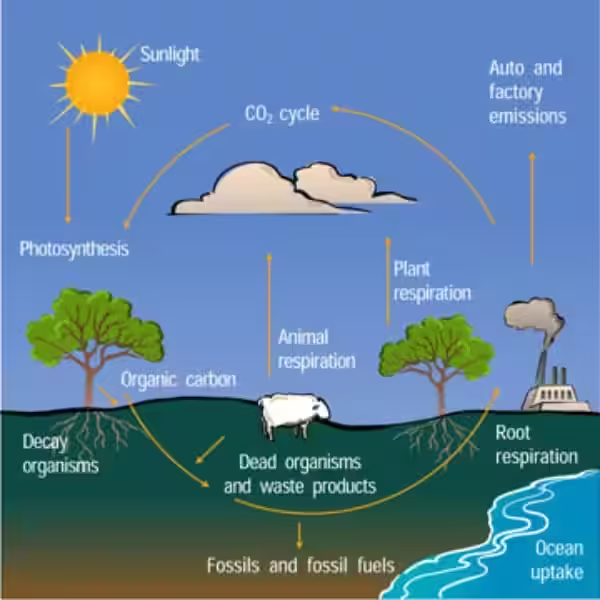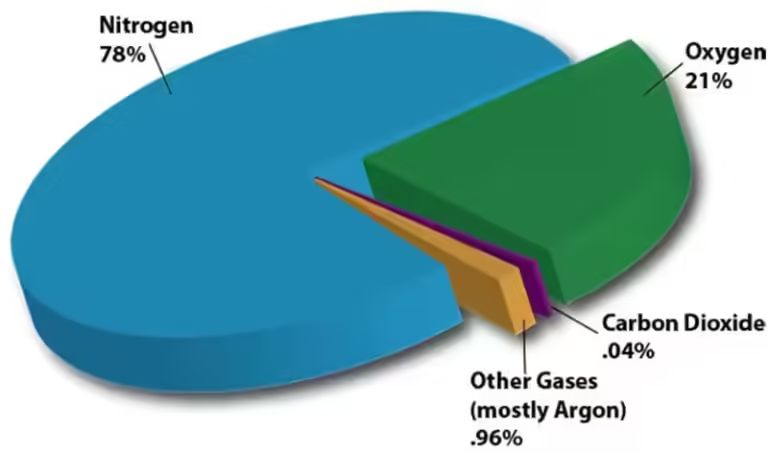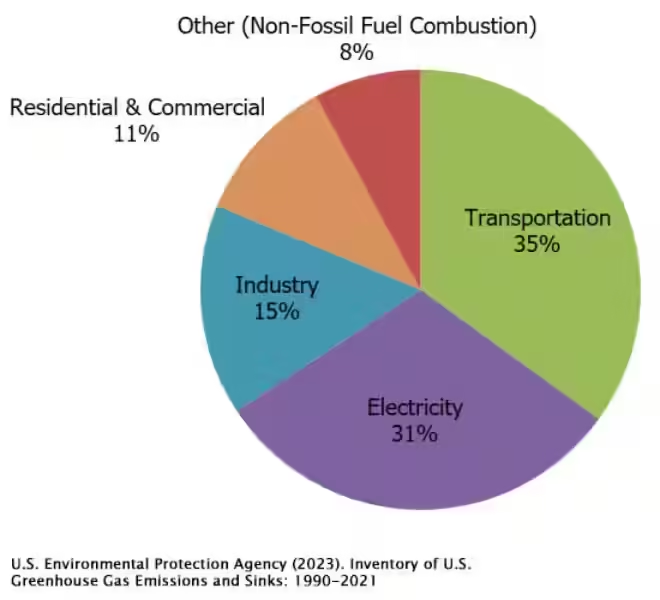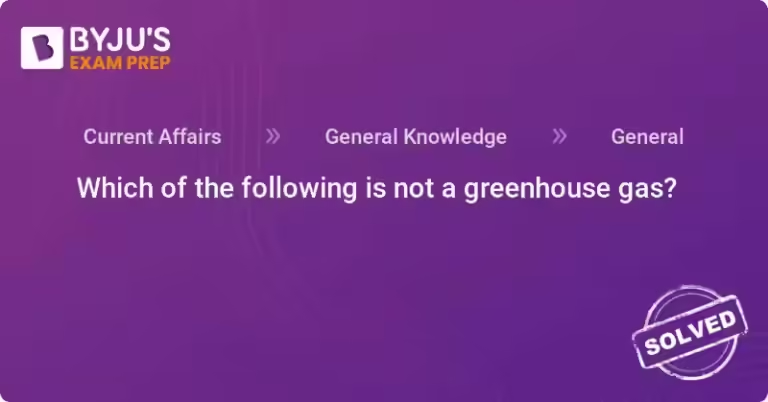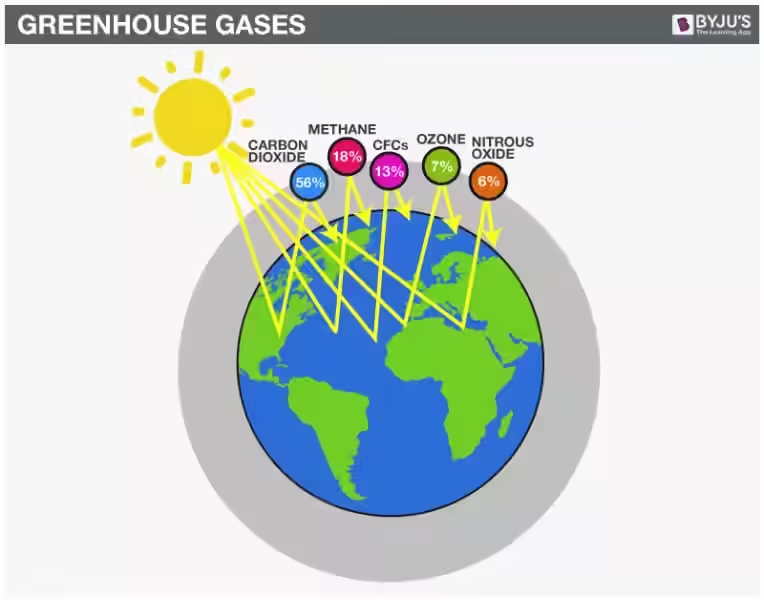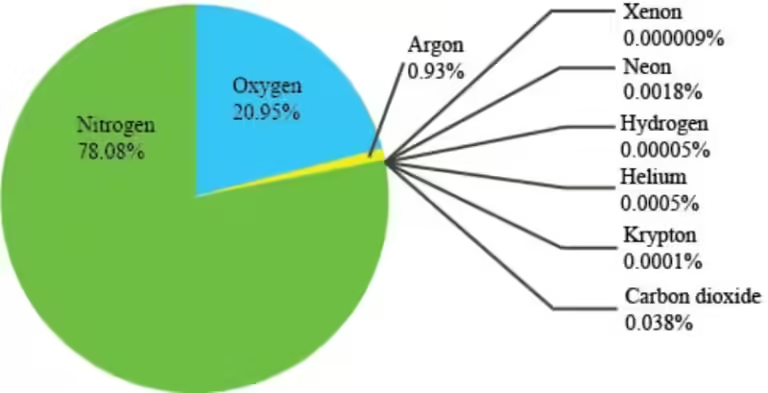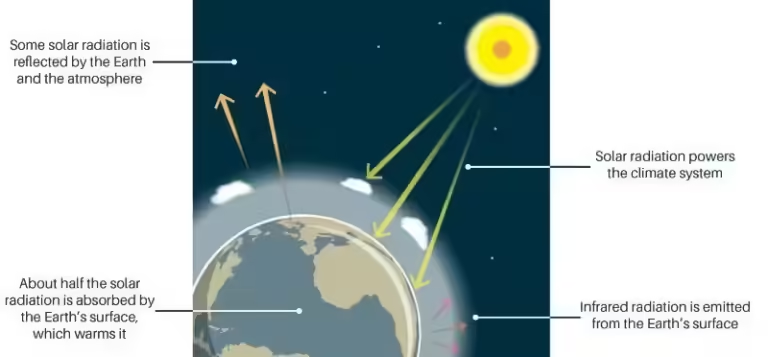What are the Three Sources of Carbon Dioxide (CO2)?
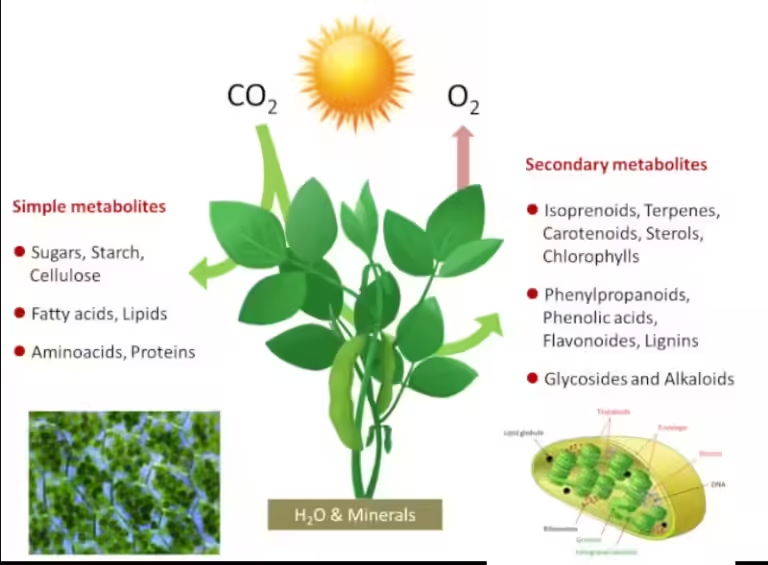
Carbon dioxide (CO2) is a vital component of Earth's atmosphere and plays a crucial role in regulating our planet's temperature. This colorless, odorless gas is a greenhouse gas, meaning it traps heat from the sun, contributing to the planet's overall warmth. While CO2 is essential for life, its increasing concentration in the atmosphere due to human activities is a major concern, impacting our climate and environment.
Natural Sources of CO2
Nature itself contributes to the release of CO2 into the atmosphere through various processes. These natural sources have maintained a relatively balanced carbon cycle for millennia, ensuring that the levels of CO2 remain within a stable range.
Respiration and Decomposition
All living organisms, from the smallest bacteria to the largest trees, breathe. This process, known as respiration, involves taking in oxygen and releasing CO2 as a byproduct. Animals, including humans, breathe in oxygen and exhale CO2. Plants, on the other hand, use CO2 during photosynthesis, but they also release CO2 during respiration at night or when they are not receiving enough sunlight.
Decomposition, the breakdown of dead organisms, also releases CO2 into the atmosphere. When bacteria and fungi break down dead plants and animals, they consume oxygen and release CO2 as a waste product. These processes, respiration and decomposition, are essential parts of the natural carbon cycle, ensuring that carbon is continually recycled.
Weathering of Carbonate Rocks
CO2 can also be released through the weathering of carbonate rocks like limestone. Over long periods, rainwater reacts with CO2 to form carbonic acid. This weak acid can dissolve carbonate rocks, releasing CO2 back into the atmosphere. This process, while slow, is a significant source of CO2 over geological timescales.
Imagine a rock face carved from limestone. As rain falls on this rock, the water absorbs CO2 from the air, forming carbonic acid. This acid slowly dissolves the limestone, releasing CO2 and calcium ions into the surrounding environment. This process, known as weathering, contributes to the natural CO2 cycle, but it operates over millions of years.
Human-Induced Sources of CO2
While natural processes have maintained a balance in the carbon cycle for eons, human activities are rapidly disrupting this balance, leading to an increase in atmospheric CO2 levels. These human-induced sources are primarily responsible for the current climate change crisis.
Burning of Fossil Fuels
The combustion of fossil fuels, such as coal, oil, and natural gas, is the primary human-induced source of CO2. These fuels are formed from the remains of ancient organisms that lived millions of years ago. Over time, the carbon they contained was stored underground. When we burn these fuels for energy, we release this stored carbon back into the atmosphere as CO2.
Think of a power plant burning coal to generate electricity. The process of burning coal releases large amounts of CO2 into the air, contributing to the buildup of greenhouse gases in the atmosphere. This process is a major contributor to climate change.
Deforestation
Forests, often called the "lungs of the Earth," play a vital role in absorbing CO2 through photosynthesis. They act as carbon sinks, storing carbon that would otherwise be released into the atmosphere. Deforestation, the clearing of forests for various purposes like agriculture and urbanization, removes these carbon sinks. As trees are cut down or burned, the carbon they have stored is released back into the atmosphere, further increasing CO2 levels.
Imagine a vast expanse of rainforest being cleared for logging or agriculture. As trees are cut down or burned, the carbon they have absorbed over decades is released into the atmosphere, contributing to the overall increase in CO2 levels. Deforestation, therefore, intensifies the impact of human activities on the climate.
Understanding CO2 Sources: A Key to Mitigating Climate Change
Understanding the sources of CO2 is critical to developing effective strategies to mitigate climate change. By reducing our reliance on fossil fuels and protecting our forests, we can reduce the amount of CO2 we release into the atmosphere. This will help us slow down the rate of climate change and protect our planet for future generations.
The increasing concentration of CO2 in the atmosphere is a complex issue with far-reaching consequences. By learning about the sources of CO2, both natural and human-induced, we can better understand the challenges we face and develop informed solutions to address climate change. It is our responsibility to act now and protect our planet for generations to come.
What are the three sources of CO2?
- Respiration and Decomposition: All living organisms, from plants to animals, release carbon dioxide through respiration, the process of converting glucose and oxygen into energy. This process also fuels decomposition, where bacteria break down dead organisms, releasing carbon dioxide back into the atmosphere.
- Weathering of Carbonate Rocks: Over long geological time scales, limestone, a carbonate rock, can be exposed to the atmosphere. When carbon dioxide dissolves in rainwater forming carbonic acid, it can dissolve the limestone, releasing carbon dioxide back into the atmosphere.
- Burning of Fossil Fuels: The combustion of fossil fuels like coal, oil, and natural gas releases large amounts of carbon dioxide. These fuels were formed over millions of years from the remains of ancient organisms, trapping carbon that was previously stored in the earth.

